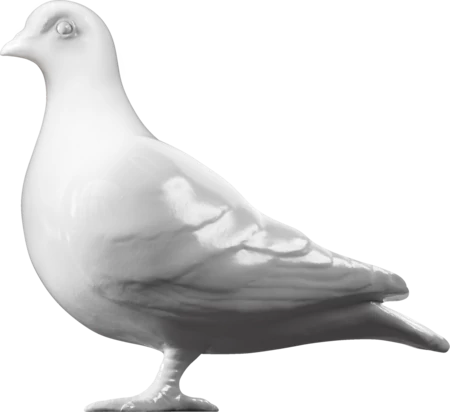Post-Medieval — 17th century
Bezoar stone
Bezoar stone pendant made from an oval-shaped dark brown-black concretion of bezoar set in an open, dog-toothed silver mount with pendant loops at each end. The name ‘bezoar’ is a corruption of the Persian word 'padzahr' (meaning ‘antidote’). Natural and artificial bezoar stones were valued in eastern and western pharmacology as an antidote to poison and they were imported into England in considerable numbers in the 16th and 17th centuries. The true or natural stone is a calcareous deposit which forms in the stomach and gall-bladder of ruminants such as deer, sheep and antelopes, most particularly in the wild goats that inhabit the northeast corner of Persia. The artificial bezoar was a concretion of herbs, hair, wax, clay and other materials. Bezoar stones were also valued as a cure for melancholy.
- Category:
- Post-Medieval
- Object ID:
- 62.121/47
- Object name:
- Bezoar stone
- Object type:
- Artist/Maker:
- —
- Related people:
- Related events:
- Related places:
- Production date:
- 17th century
- Material:
silver, bezoar stone
- Measurements/duration:
- H 55 mm, W 29 mm, H 55 mm, W 28 mm, D 19 mm (overall)
- Part of:
- —
- On display:
- —
- Record quality:
- 100%
- Part of this object:
- —
- Owner Status & Credit:
Permanent collection
- Copyright holder:
digital image © London Museum
- Image credit:
- —
- Creative commons usage:
- —
- License this image:
To license this image for commercial use, please contact the London Museum Picture Library.
